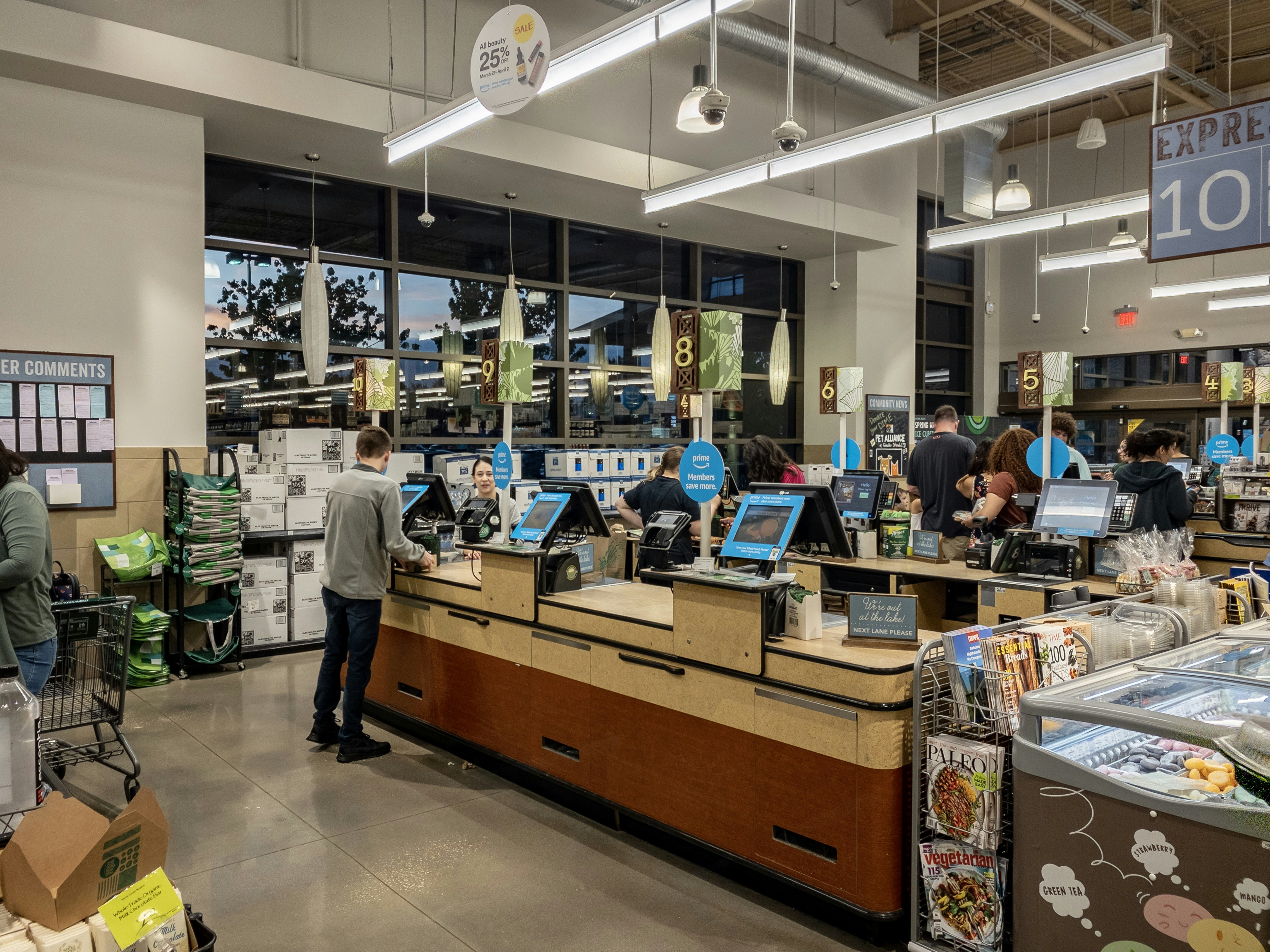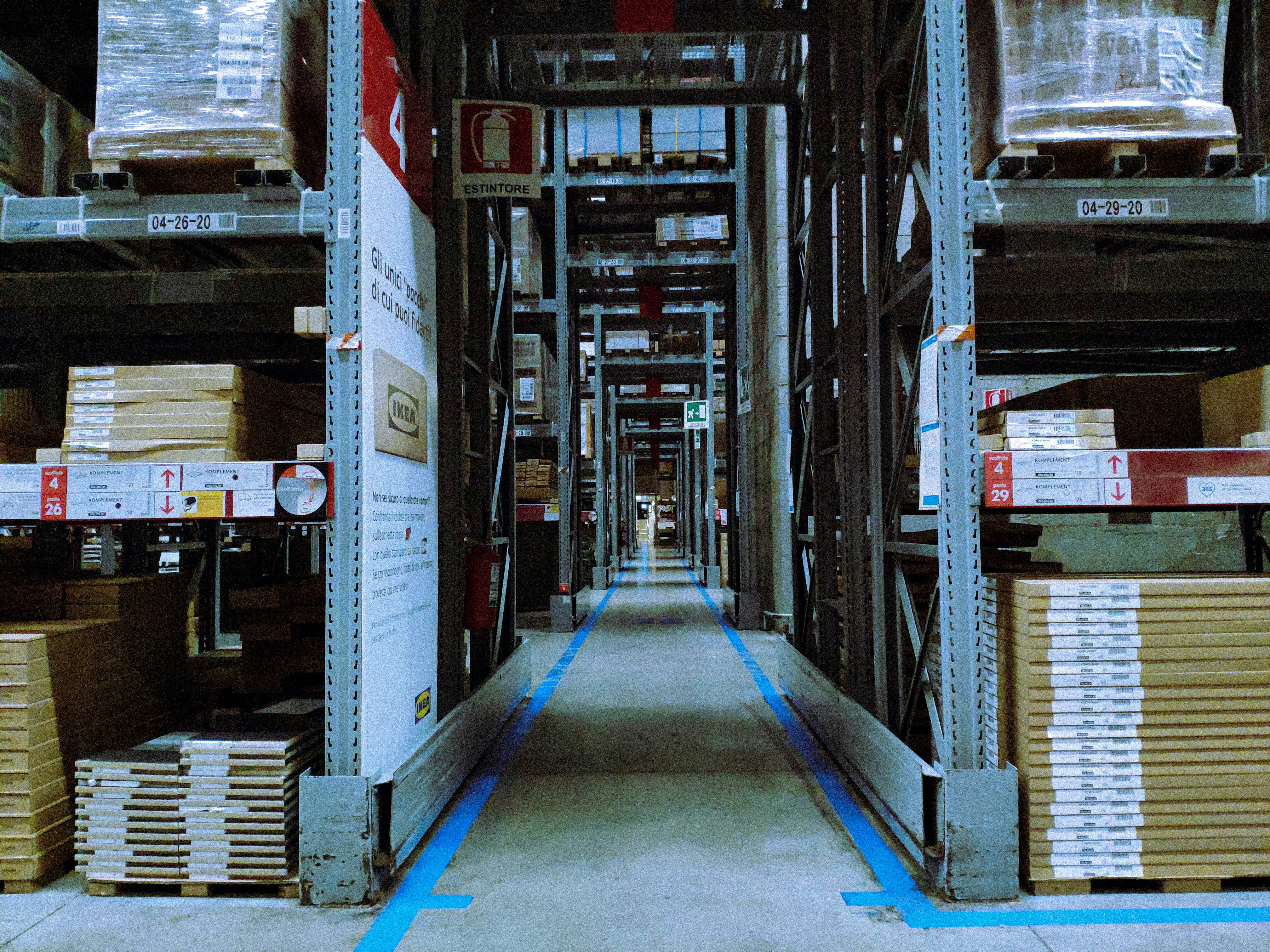Introduction to Barcodes in Libraries
Barcodes are sophisticated yet simple tools that have revolutionized various sectors, including libraries, where they serve as essential components for efficient management. At their core, barcodes are graphical representations of data that can be scanned for quick retrieval of information. They typically consist of parallel lines of varying widths and spaces that encode numerical or alphanumeric information, allowing for a seamless interaction between physical items and digital records.
In the context of libraries, barcodes are primarily used for the identification of library materials such as books, journals, and other resources. This identification facilitates a streamlined checkout and return process, enabling libraries to enhance their overall operational efficiency. The history of barcodes in libraries traces back to their initial conception as mere identification tags but has since evolved into a more intricate system that encompasses a variety of functionalities within library management systems.
With the advent of technology, the role of barcodes in libraries has expanded significantly. Modern barcode systems are integral in automating many library operations such as inventory management, tracking borrowed materials, and maintaining accurate records of library holdings. Furthermore, barcodes allow for the integration of various digital tools, making it easier for librarians to manage large collections and provide better services to patrons.
Today’s library patrons benefit from the efficiencies brought about by barcodes, as these systems support quick access to materials and facilitate user-friendly self-service options. The reliance on barcodes underscores their importance in contemporary libraries, transforming them from traditional repositories of knowledge into dynamic institutions that prioritize accessibility and efficiency. This evolution ultimately enhances the user experience and contributes to the broader mission of libraries in the digital age.
How Barcodes Work: A Technical Explanation
Barcodes have revolutionized the way libraries manage their inventories and patron interactions. At their core, barcodes are visual representations of data that can be scanned and subsequently decoded by a scanner. The most commonly used types of barcodes in libraries include Universal Product Code (UPC), International Standard Book Number (ISBN), and Quick Response (QR) codes. Each of these barcodes serves a specific purpose and encodes information in structured formats that are easily interpretable by both humans and machines.
UPC codes are primarily utilized for tracking retail products, while ISBNs are specifically designed for books, allowing for easier cataloging and inventory management. QR codes, which can store a larger amount of data, are increasingly being used in libraries for various purposes, including directing users to online resources or providing instant access to library services. Each type of barcode consists of a series of black and white stripes or squares, which represent numeric or alphanumeric data through varying patterns.
The functionality of barcode scanners is pivotal to the efficiency of libraries. When a barcode is scanned, the scanner emits a light beam that reflects off the barcode. The scanner then converts the reflected light into electronic signals, which are subsequently interpreted by software to reveal the encoded information. This process enables libraries to swiftly check in and out items, manage inventory, and maintain accurate records of circulation. Additionally, as barcode technology integrates with library management systems, the process of data retrieval becomes seamless, allowing librarians and patrons alike to access and share information rapidly.
Libraries have harnessed the capabilities of barcodes to enhance both efficiency and accessibility in their operations. By understanding the underlying technology and its applications, librarians can continue to improve the management of resources, ultimately creating a more effective environment for users.
Benefits of Using Barcodes in Libraries
The integration of barcode technology into library systems presents numerous advantages that optimize operations and enhance user experience. One of the primary benefits of utilizing barcodes is the significant increase in efficiency during the check-out and check-in processes. Library staff can scan patron cards and borrowed items swiftly, drastically reducing the time spent on these tasks compared to traditional manual entry methods. This expedited process not only benefits staff but also enhances the overall user experience, allowing patrons to access materials more quickly.
Improved inventory management is another key advantage offered by barcodes. Libraries can maintain up-to-date records of their collections with greater ease, as each item is marked with a unique barcode that links to essential data within the library’s management system. This capability allows for precise tracking of materials, resulting in more efficient shelving and retrieval processes. Enhanced data accuracy is achieved through real-time updates directly linked to the scanned barcodes, minimizing human error associated with manual data entry.
Moreover, the ability to track library materials effectively permits libraries to manage circulation patterns and assess the popularity of certain items. This data can inform purchasing decisions and collection development strategies, ensuring that libraries meet community needs and preferences. Financially, implementing barcode systems can prove cost-effective when evaluated against traditional cataloging methods. Although initial investment may be required for barcode scanners and labels, the long-term savings in labor costs and streamlined operations typically yield a favorable return on investment.
In conclusion, the adoption of barcodes in library systems significantly enhances operational efficiency, accuracy, and data management, providing a modern solution to meet the evolving needs of library services.
Implementation of Barcode Systems in Libraries
The implementation of barcode systems in libraries has become a crucial step toward improving operational efficiency and accessibility. The first phase in this process is comprehensive planning, which involves assessing the needs of the library, inventorying current resources, and determining goals for the barcode system. Library administrators should engage with staff and stakeholders to understand the requirements that the new system must fulfill. This collaborative approach ensures that the chosen technology will meet the unique demands of the library environment.
Following the planning phase, selecting the appropriate barcode technology is pivotal. Libraries must evaluate different barcode scanners, printing systems, and software that integrate seamlessly with existing library management systems. Factors to consider include the types of materials in the collection, the volume of transactions, and whether the library aims to offer self-service options. For instance, RFID (Radio Frequency Identification) combined with traditional barcodes can enhance the functionality of inventory management and item tracking.
Once the technology is chosen, a critical step involves staff training. Even the most advanced system can falter without proper user knowledge. Training sessions should be organized to familiarize staff with barcode usage, troubleshooting procedures, and maintenance tasks. Staff should also be prepared to assist patrons in adapting to any new processes brought about by the barcode system, thus ensuring a smooth transition.
Additionally, integrating the barcode system with existing library management software is essential for a successful implementation. This integration facilitates real-time tracking of library materials and allows for efficient management of lending and returns. Libraries that have successfully implemented barcode systems often share positive feedback, noting improvements in resource management and patron satisfaction. By streamlining many routine processes, barcodes play a vital role in enhancing both efficiency and accessibility in modern libraries.
The Impact of Barcodes on Library User Experience
In contemporary libraries, the integration of barcodes has significantly transformed the user experience, making it more efficient and satisfying for patrons. The implementation of barcode systems has streamlined borrowing processes, allowing users to borrow materials swiftly and effortlessly. Traditionally, checking out books required time-consuming manual entries by library staff, often leading to long queues, especially during peak hours. With barcodes, patrons can enjoy a quicker checkout experience as they simply scan the items they wish to borrow. This reduction in wait times not only enhances convenience but also encourages users to explore a wider selection of materials, knowing that the borrowing process is swift.
Moreover, barcodes facilitate self-checkout options, empowering library users to manage their borrowing independently. Self-service kiosks, equipped with barcode scanners, allow patrons to check out their items without direct assistance from librarians. This feature enhances user autonomy, contributing to a more personalized library experience. Users appreciate the ability to handle transactions at their own pace and often report higher satisfaction levels when they can bypass lines and take control of their borrowing activities.
Another advantage of barcode technology is its ability to improve access to materials. Barcodes enable libraries to maintain an efficient inventory system, ensuring that resources are accurately cataloged and easily locatable. This efficiency helps minimize frustration among users when searching for items. When patrons can locate materials quickly and rely on updated availability information, they are likely to have a more positive experience overall. The synergy of these features—streamlined borrowing processes, reduced wait times, and self-checkout options—cumulatively elevates the user experience and fosters a greater appreciation for library resources.
Barcode Maintenance and Troubleshooting
Barcode systems are essential tools in modern libraries, contributing significantly to the efficiency of inventory management and item tracking. However, to ensure these systems function optimally, regular maintenance and troubleshooting are crucial. The maintenance process typically involves several key elements, including equipment checks, software updates, and physical inspections of barcode labels.
Regular checks of barcode scanners and other related hardware are vital to identify any performance inconsistencies. Scanners may experience malfunctions due to factors such as outdated software, connection issues, or hardware wear. It is advisable to conduct routine tests of these devices to ensure they are scanning barcodes accurately and consistently. Keeping the equipment clean from dust and debris is also important, as contaminants can obstruct scanners and result in reading errors.
Barcode degradation is another common issue libraries may encounter. Prolonged exposure to factors like sunlight, moisture, and general wear can lead to faded or damaged barcodes that become difficult or impossible to scan. Mitigation strategies include using high-quality barcode labels that are resistant to environmental factors and replacing labels on items subjected to heavy use. Libraries should maintain a stock of replacement labels to quickly address inventory items that show signs of barcode degradation.
When troubleshooting begins, library staff should start by assessing potential causes of the issue. If a scanner fails to read a barcode, it might be due to improper alignment or distance from the barcode, in which case adjustments can be made easily. In cases of persistent scanning failures, examining the barcode itself for quality and legibility is crucial. It is essential to have a troubleshooting guide available to assist staff in diagnosing common problems, ensuring a swift resolution, and minimizing disruptions in library operations.
Future Trends: The Evolution of Barcodes in Libraries
As libraries continuously evolve to meet the demands of modern society, barcode technology is also likely to undergo significant transformation. One key trend is the integration of radio-frequency identification (RFID) technology with traditional barcode systems. RFID offers the advantage of enabling automated checkouts and inventory management without requiring direct line-of-sight scanning, which can streamline library processes and enhance user experiences. By facilitating quicker checkouts and reducing human error, RFID can ensure a more efficient library operation moving forward.
Another prominent trend is the increasing reliance on mobile applications for scanning and managing library materials. With the proliferation of smartphones, libraries can leverage mobile app technology to allow patrons to easily scan barcodes for inventory searches, checkout processes, and access to digital content. This shift not only aligns with the growing trend of mobile convenience but also fosters a more interactive user experience, making library services more accessible to a tech-savvy population.
Furthermore, as libraries embrace digital formats, the relationship between barcodes and digital content is becoming increasingly paramount. Innovations such as QR codes can offer patrons instant access to eBooks, audiobooks, and other digital resources by providing direct links to content when scanned. Libraries may evolve their cataloging systems to encompass a wider range of digital materials, thereby necessitating cutting-edge barcode technologies that can effectively bridge the gap between physical and digital holdings.
In conclusion, the future of barcode technology in libraries is set to be characterized by innovations that enhance efficiency and enrich accessibility. The integration of RFID, the proliferation of mobile scanning applications, and the emphasis on digital content will shape how libraries operate, making them more adaptable to the needs of patrons and the evolving information landscape.
Case Studies of Successful Barcode Implementation in Libraries
In recent years, numerous libraries have embraced barcode technology to streamline operations and enhance service delivery. One notable example is the Smithtown Public Library, which encountered significant challenges with inventory management. Prior to implementing a barcode system, the library experienced frequent discrepancies in its catalog, leading to misplacements and frustration among patrons. By adopting a comprehensive barcode system, Smithtown transformed its inventory process, allowing staff to conduct real-time checks and updates. With the ability to easily scan items during check-in and check-out, the library reported a 30% reduction in staff time spent on inventory, resulting in improved staff productivity and patron satisfaction.
Similarly, the Lakewood Community Library faced the issue of accessibility for visually impaired patrons. To tackle this, they integrated a barcode system that also included audio and Braille labels. This multi-faceted approach allowed visually impaired users to independently locate and checkout materials, drastically improving their library experience. The response from the community was overwhelmingly positive, with a 40% increase in library usage among visually impaired individuals within the first six months of implementation.
Moreover, the Greenfield Academic Library serves as another exemplary case. With the goal of enhancing academic resources for students, Greenfield introduced barcodes to streamline the loan system for textbooks and research materials. The library utilized custom barcodes that linked directly to an online catalog, enabling students to easily check availability and reserve titles in advance. This not only improved circulation rates but also optimized space management within the library, leading to a more organized and user-friendly environment.
These case studies illustrate the transformative impact of barcode systems in libraries. They highlight how various libraries, despite facing unique challenges, have achieved remarkable improvements in efficiency and accessibility through the integration of barcode technology. The success achieved by these institutions can serve as a valuable resource for libraries considering similar advancements.
Conclusion: The Importance of Barcodes in the Future of Libraries
As we have explored throughout this blog post, barcodes serve a pivotal role in the operational dynamics of modern libraries. These small yet powerful tools enable libraries to streamline various processes such as inventory management, loan systems, and user accessibility. By facilitating quick and accurate scanning, barcodes significantly reduce human error and increase efficiency in a busy library environment. This advancement allows librarians to devote more time to important customer service and community engagement initiatives, rather than being heavily occupied with administrative tasks.
Moreover, barcodes contribute to enhanced accessibility for library patrons. With their use, self-checkout systems and mobile app integrations make it easier for users to borrow and return materials. This technology not only improves the user experience but also encourages greater patronage and engagement with library resources. As libraries evolve to meet the expectations of increasingly tech-savvy audiences, the integration of barcode technology becomes not just advantageous but essential.
Looking ahead, the future of libraries depends on their ability to adapt to technological advancements. Barcodes, along with emerging technologies such as RFID and cloud computing, will play a crucial role in shaping the landscape of libraries. Libraries that embrace these technologies will be better prepared to serve their communities effectively, ensuring that they remain relevant in a rapidly changing digital world. The ongoing evolution of library systems indicates a promising future where barcodes will continue to enhance operational efficiency and user accessibility, allowing libraries to thrive in the modern age.
© barcodly.com- All rights reserved





